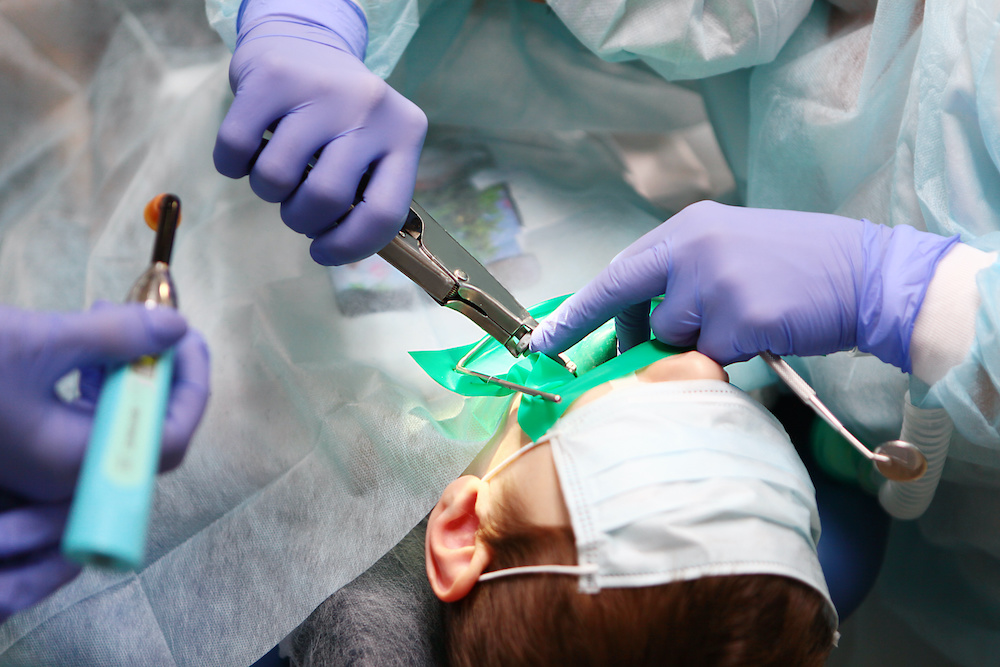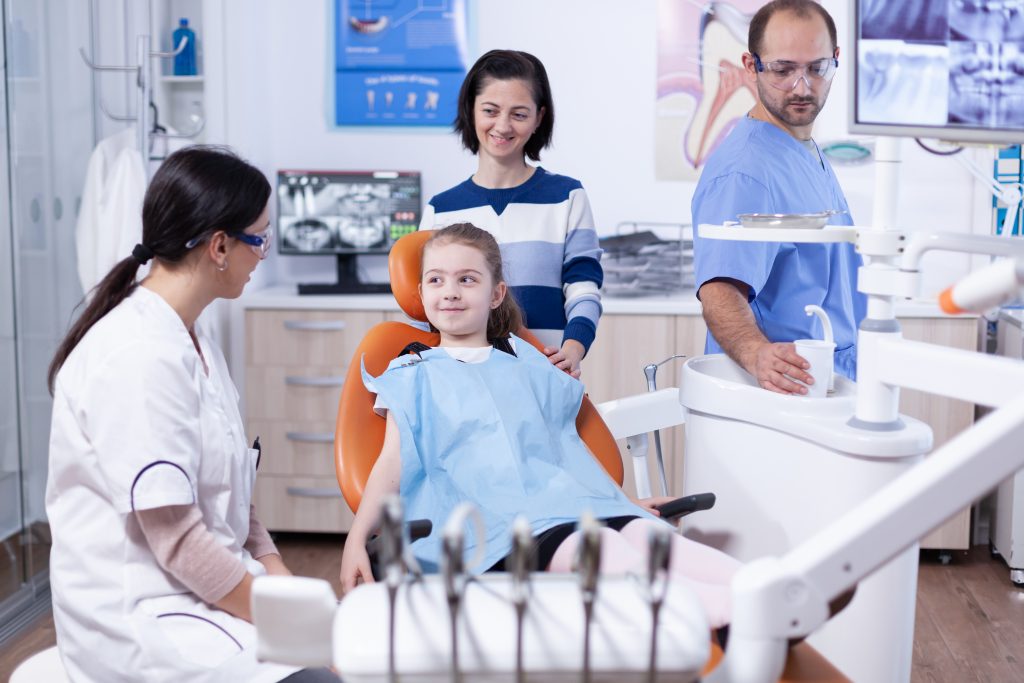When it comes to pediatric dental surgery, the use of general anesthesia can be a concern for many parents. To help answer some of the most common questions, we’ve compiled a list of frequently asked questions about general anesthesia for dental surgery for pediatric patients.
- What is general anesthesia? General anesthesia is a type of sedation that is used to make the patient unconscious and unable to feel pain during a procedure. It is often used for dental surgery because it allows the dentist to perform the procedure more quickly and efficiently, and it also helps to ensure the patient’s comfort and safety.
- Why is general anesthesia used for pediatric dental surgery? General anesthesia is used for pediatric dental surgery because it allows the dentist to perform the procedure more quickly and efficiently, and it also helps to ensure the patient’s comfort and safety. Children can have a difficult time sitting still for extended periods of time, so general anesthesia can help to prevent the need for multiple appointments and reduce the overall length of the procedure.
- How is general anesthesia administered? General anesthesia is typically administered through an IV, which allows the anesthesiologist to control the level of sedation. The patient is also usually given oxygen to help ensure their breathing is not impaired during the procedure.
- What are the risks of general anesthesia? Like any medical procedure, there are risks associated with general anesthesia. These risks may include adverse reactions to the anesthesia, changes in the patient’s vital signs, or breathing problems. However, the risks associated with general anesthesia are generally low, and the benefits often outweigh the risks.
- How do I know if my child is a good candidate for general anesthesia? Your child’s dentist or anesthesiologist can help determine if your child is a good candidate for general anesthesia. They will consider factors such as your child’s age, medical history, and the type of procedure that is being performed to determine if general anesthesia is the best option.
- What should I expect during the recovery process? After the procedure, your child will be monitored until they are fully awake and able to return home. They may experience some grogginess and mild disorientation for a few hours, but these symptoms will typically resolve on their own. Your child should not eat or drink anything until the effects of the anesthesia have completely worn off, and you should follow the instructions provided by the anesthesiologist and dentist for post-operative care.
- What should I do if I have concerns about the use of general anesthesia for my child’s dental surgery? If you have concerns about the use of general anesthesia for your child’s dental surgery, it is important to discuss these concerns with your dentist or anesthesiologist. They can provide additional information and help you make an informed decision about the best course of action for your child.
In conclusion, general anesthesia is a safe and effective option for pediatric dental surgery, and it can help to ensure the patient’s comfort and safety during the procedure. If you have any questions or concerns, be sure to discuss them with your dentist or anesthesiologist to help ensure the best possible outcome for your child.





